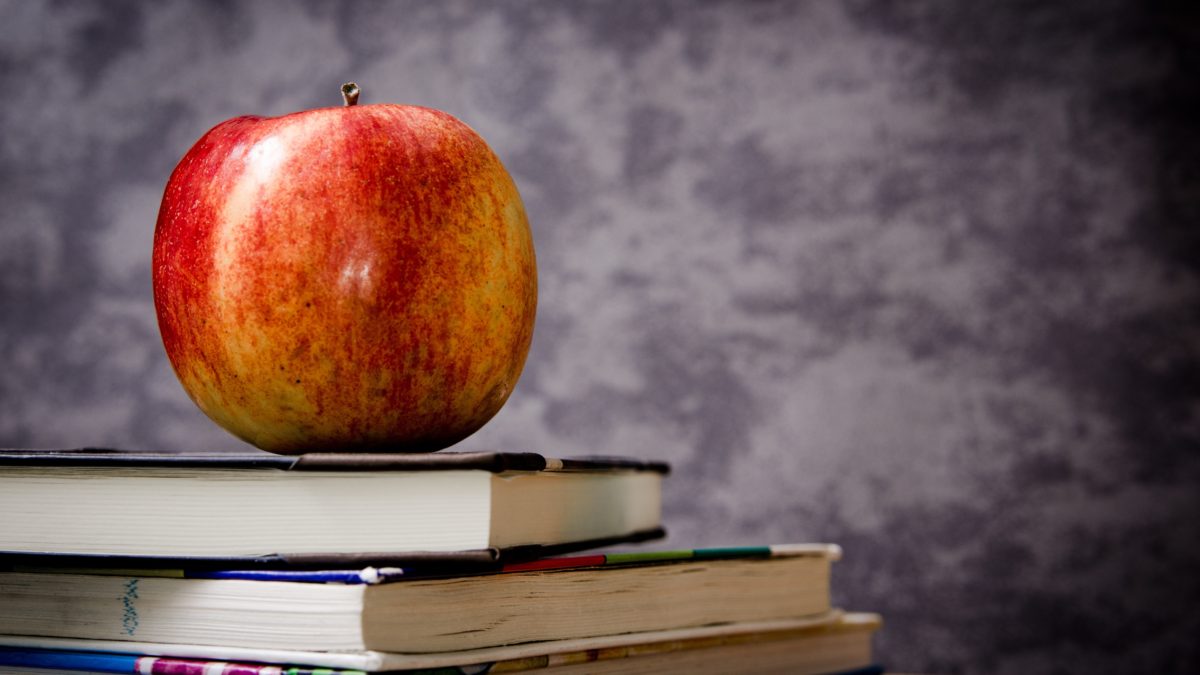Gardners multiple intelligences

Howard Gardner an American Harvard developmental psychologist best-known for this theory of multiple intelligences.
Gardner’s theory had the most impact and was particularly relevant in the education field where it is said to have laid the foundation to inspire teachers and educators to explore new ways of teaching aimed at looking at the different intelligences.
We are all aware that each individual has strengths and weaknesses learnt in varying ways.
The theory of multiple intelligence is a popular theory as it links children and learning in different ways.
Some of us learn in a particular way and have particular interests so that using a variety of approaches is likely to be more beneficial and appeal to children more than only using the one way.
Gardner has a theory of multiple intelligence.
Gardner theorizes that people do not have just an intellectual capacity, rather they have many kinds of intelligence.
These intelligences include musical, interpersonal, spatial-visual, and linguistic intelligences.
It also provides a conceptual framework for organizing and reflecting on curriculum as well as pedagogical practices.
This is the way in which a child learns to use their words, numbers. letters, pictures and so on.
It also includes the importance of social interaction, movement, music.
Gardner has received criticism as potentially being too broad and that the intelligences represent abilities, personality traits and talents.
Despite this his theory is still a popular one used.
It challenges us to consider utilizing multiple intelligences and integrating them into our practices.
Gardner’s multiple intelligences
- Linguistic verbal intelligence- Includes children’s talking, making of sounds and rhyme patterns, enjoying books and having a good memory for songs and rhymes, etc
- Logical- mathematical intelligence- Which includes children asking constant questions, understanding games have rules, mastering puzzles, etc
- Visual spatial intelligence- Which includes children who are good at and enjoy drawing, puzzles, construction activities and have good memory (for example where things have been put or moved to, etc)
- Bodily-kinaesthetic intelligence- Which includes children who are very coordinated and who have good rhythm and fluency, those who are good with their hands.
- Musical intelligence- Which includes children who can distinguish sounds easily and rhythm, pitch and sing well or mimic sounds.
- ‘Intrapersonal intelligence- Which includes children’s ability to have an awareness of their own feelings and so can guide their own behaviour and those who have good self esteem. They have good self awareness, and self reflection.
- ‘Interpersonal intelligence- Which includes children who have and are sensitive to the feelings of others and who can easily cooperate in group situations. A child has good verbal and no verbal communication skills, sees situations from different perspectives and has positive relationships with others
- Naturalistic intelligence- Is a recently addition. A child is well aware of their environment and is in tune with nature and are often interested in nurturing, exploring the environment, and learning about other species.
- Existential intelligence- Again a more recent addition where a child displays sensitivity and capacity to tackle deep questions about human existence such as, What is the meaning of life? Why do wedie? How did we get here?






